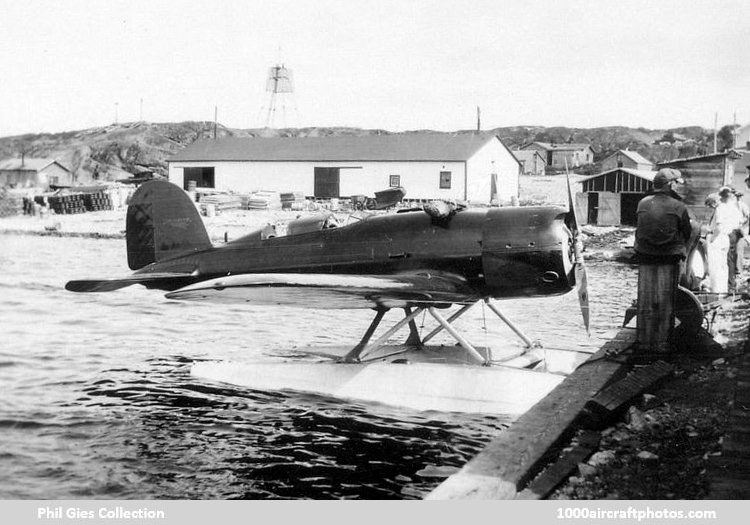NORMAN LOOP MEMORIAL COLLECTION
No. 4207. Lockheed 8 Sirius (NR211 c/n 140)
Photographed at Lockheed Factory, Burbank, California, USA, April 1930, by Norman Loop
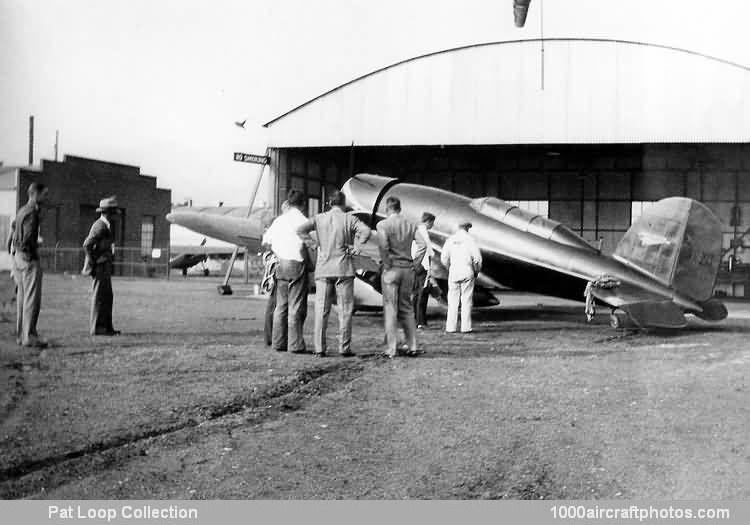
11/30/2016. Remarks by
Johan Visschedijk: "After flying a Lockheed aircraft for the first time, Western Air Express' Air Express, Charles Lindbergh discussed with Lockheed's chief engineer Gerald F. 'Jerry' Vultee his desire to purchase a high-performance, low-wing monoplane. On the basis of this discussion at the 1929 National Air Races in Cleveland, Vultee undertook to adapt the Lockheed Explorer design to meet Lindbergh's requirements.
Like its forebear, the new aircraft was to combine a wooden fuselage of the basic Vega type with a low-mounted wing. Given 2° of dihedral to improve handling characteristics, the wing had a shorter span and smaller area, as Lindbergh's aircraft required less fuel capacity (416 gal/1,575 l, in two fuselage and two wing tanks) and lower gross weight. Accommodation for the pilot and one passenger were provided in open tandem cockpits, with baggage and other equipment stowed in a compartment between the engine and the front cockpit. The aircraft was powered by a 450 hp Pratt & Whitney Wasp and was fitted with a non-retractable, conventional landing gear. Lindbergh approved the specifications for his new aircraft in October 1929 and also requested that Lockheed undertake the design and construction of a modified wing which, incorporating a retractable landing gear, could be substituted for the original unit.
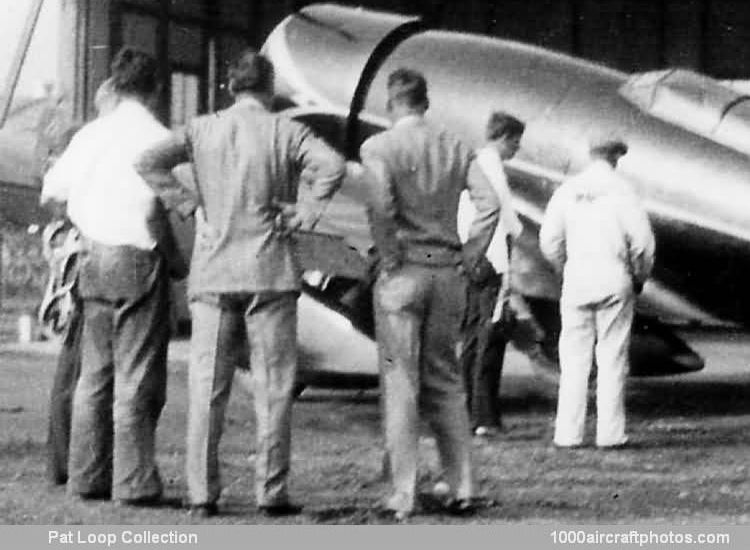
Charles Lindbergh 2nd from right
Bearing the c/n 140, Lindbergh's aircraft was completed and flown in November 1929 and was tested in Burbank initially by Marshall Headle and then by Lindbergh himself. During the next five months the Sirius was progressively modified, with the small 'outrigger elements' (vertical metal strips just outboard of the rudder hinge, their true purpose has not been recorded) on both sides of the rudder being eliminated, wheel spats added, the original propeller replaced by an hydraulic unit, and the propeller spinner removed. Externally, the most significant change was the fitting of a sliding canopy over the tandem cockpits, an improvement suggested by Anne Morrow Lindbergh. Finally satisfied with their aircraft, Lindbergh accepted the aircraft.
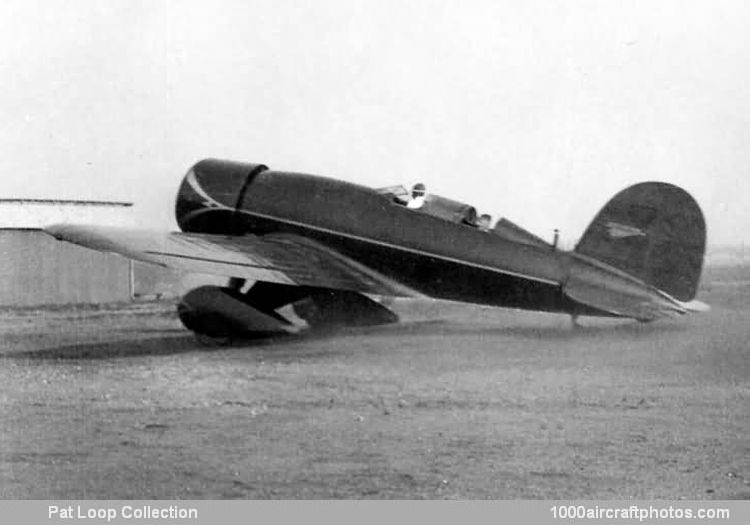
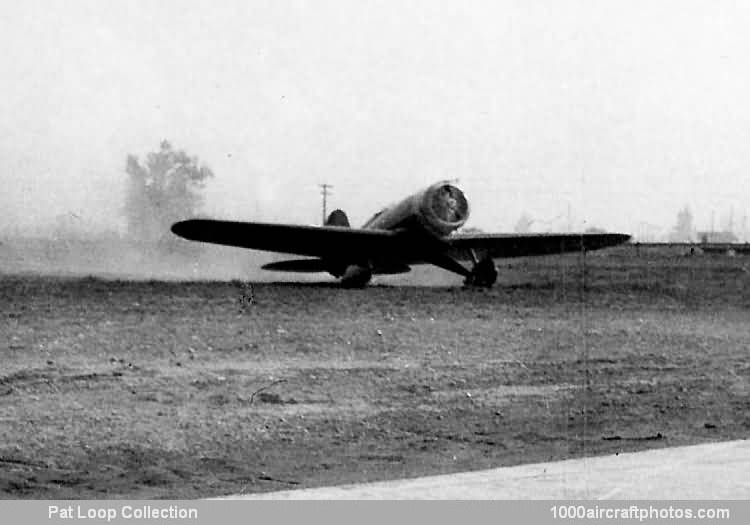
In the morning of April 20, 1930 the Lindberghs started the aircraft and took off from Burbank for a flight to New York, New York, USA. Stopping briefly in Wichita, to refuel, they continued eastward and landed in New York after setting a new transcontinental record, with a total flying time for the two-stage trip of 14 hr 45 min 32 sec, breaking the previous by three hours.
Acting as a consultant to Pan American Airways, Lindbergh planned a number of survey flights for future overwater routes. In preparation, his Sirius was registered NR211 (the same number as his famous Spirit of St. Louis), it was fitted with a 575 hp Wright Cyclone in August 1930 and, early in the following year, with twin Edo metal floats. At that time the arrangement of the forward fuselage compartment and of the fuel tanks was revised to provide additional storage space and fuel capacity. These objectives were achieved by removing a 200 gal (757 l) fuselage tank and by installing a 150 gal (568 l) tank in each float, thus bringing total capacity up from 416 to 516 gal (1,575 to 1,953 l).
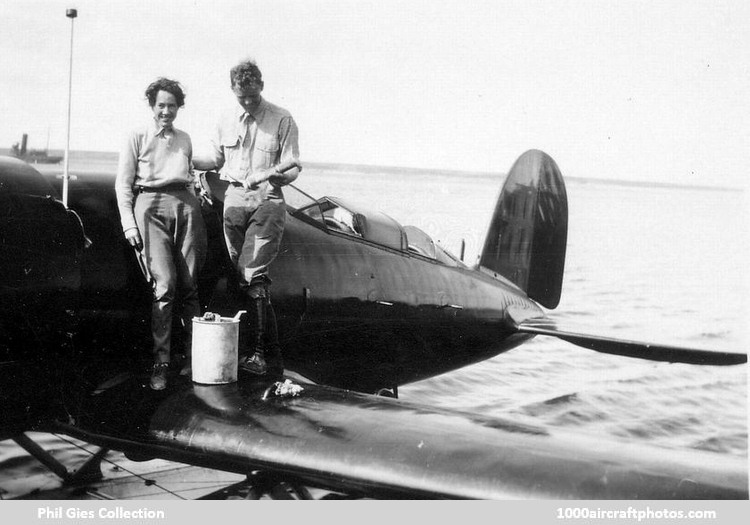
Anne Morrow and Charles Lindbergh at Churchill, Manitoba, Canada, August, 1931 (
Phil Gies Collection)
The Sirius Special at Churchill (
Phil Gies Collection)
So modified, and redesignated Sirius Special, the aircraft was flown by the Lindberghs through Northern Canada to Alaska, the North Pacific and China between July 27 and October 2, 1931. Though it often flew in difficult weather conditions and had to be maintained under less than ideal conditions, the Sirius performed reliably. This survey flight, however, ended in Hankow (later amalgated with Wuchang and Hanyang into Wuhan city), Hubei province, China, as a result of an unfortunate accident when the aircraft was damaged while being lowered from the aircraft carrier HMS Hermes to the swirling water of the Yangtze River. The damaged floatplane was shipped back to Burbank, where in 1932 Lockheed rebuilt the aircraft as a landplane before returning it to its famous owners.
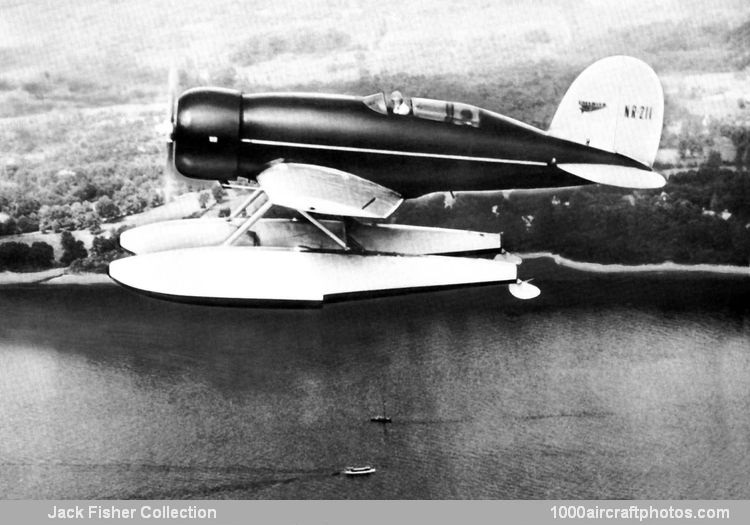
The Sirius again with floats in June 1933 (
Jack Fisher Collection)
For their next survey flight the Lindberghs had a 710 hp Cyclone, driving a controllable-pitch propeller, substituted in June 1933 for the earlier and less powerful version of the Wright engine, and had the twin Edo floats re-installed. Between July 9 and December 6, 1933, they took their Sirius Special on a 30,000 mls (48,280 km) survey flight around the North and South Atlantic. It was in Greenland during this flight that the aircraft acquired its name Tingmissartoq (Eskimo for the one who flies like a big bird). At the completion of this flight Tingmissartoq was donated to the American Museum of Natural History in New York. It was later transferred to the Air Force Museum in Dayton, Ohio, before becoming part of the collection of the National Air and Space Museum in Washington.
In all fifteen aircraft were built, fourteen by Lockheed, one by the Detroit Aircraft Company."
Created May 22, 2005





